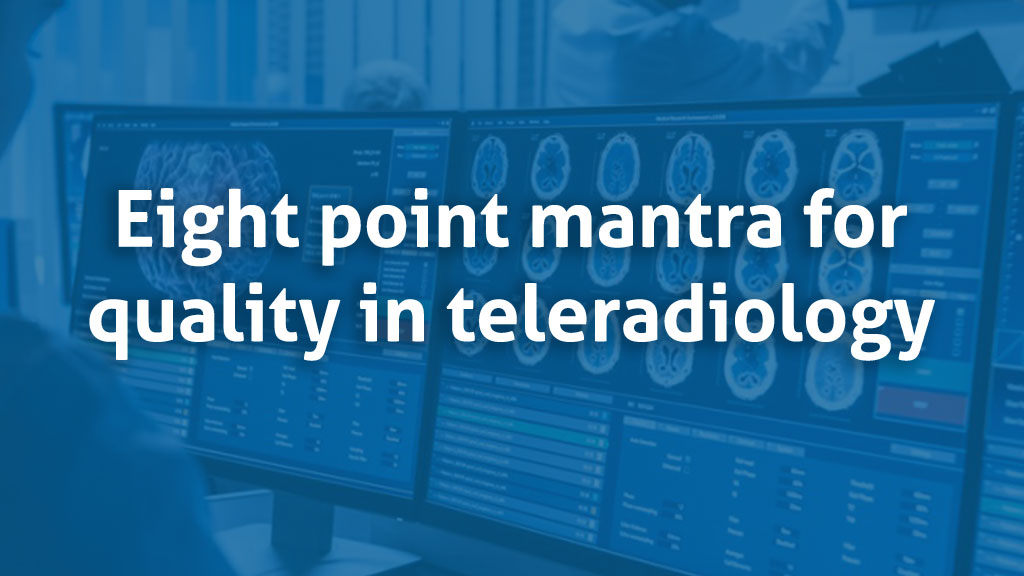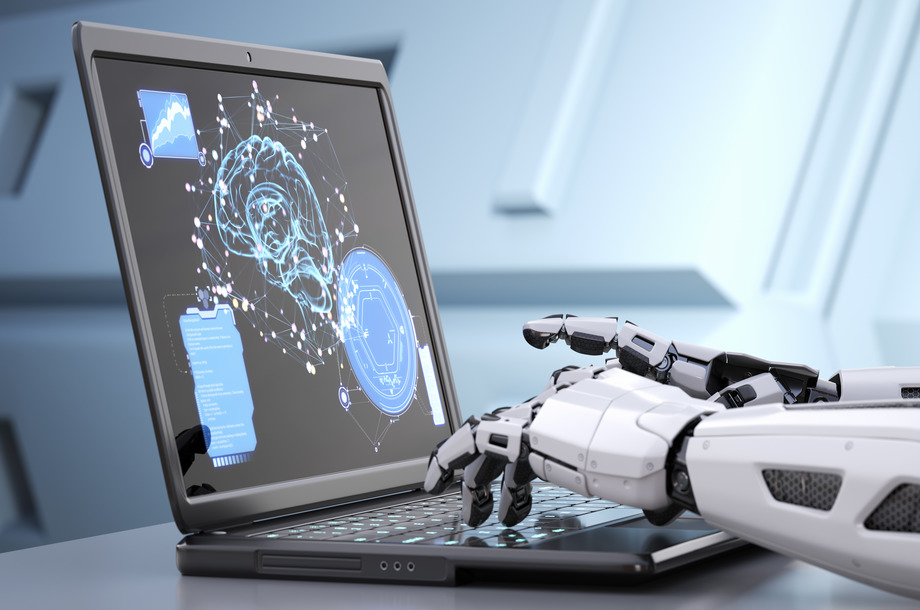For instance, with the help of Artificial Intelligence (AI), loss in bone density can be found out at an early stage. There are probabilities of missing these detections while using the traditional interpretation method. Some AI Software uses colors to denote normal and abnormal findings. This speeds up the reading workflows in the PACS. Also, this is perfect for radiologists because then they know which results need his/her urgent attention. With AI software assisting in findings ranging from chest, pelvis CT scans and abdomen, coronary calcium, liver steatosis, pulmonary emphysema, spine compression fractures and bone mineral density, healthcare is all set to get transformed and how.
Preventive Care
An exciting step in preventive care, AI enhances RIS-PACS even as it leads to early detection of various conditions as well as ailments. It is but obvious that artificial intelligence is playing a key and an extremely vital role that could also go beyond regular readings and avert serious diseases from developing.
Sophisticated AI algorithms can now go hand-in-hand with RIS-PACS and deliver the added benefit of expediting the reading process while at the same time identifying findings that may go unobserved or are hard to visualize.
Enhanced Workflow
AI software can be running in the background and putting forth clinically significant and relevant findings that could have been missed.
Some software are developed with an access to in-house AI algorithms which integrates seamlessly with its RIS-PACS. This makes it convenient to easily integrate it with the workflow and give a unified AI experience to the user. These AI tools, when executed over the scanned images, empowers Radiologists to provide increased, consistently accurate and faster diagnosis.
Even in the sphere of Veterinary Sciences, AI helps with the workflow and enables integrated image management through centralized scheduling to multiple connecting modalities, sites or centers.
Automation Benefits
Automation is key for many AI tools and many radiologists prefer to call it the perfect assistant technology. Many AI software take on duties that make a radiologist’s job easier. When the radiologists are overburdened with studies, they tend to be in a rush and this in turn increases the error rates. AI puts together machine and humans and makes this combination much more powerful and error free.
Enhancing RIS-PACS, AI software works in tandem to lay emphasis and focus on high quality radiology reporting and accessibility. Deploying AI for radiology will only add immense value to patient diagnosis and care.




